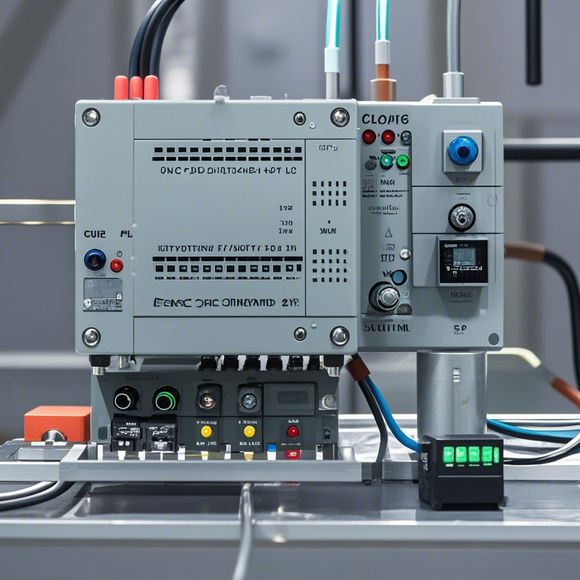Connecting a Programmable Logic Controller (PLC) to a Computer
In today's digital age, integrating industrial automation with computer technology has become increasingly important for businesses looking to streamline their processes and improve efficiency. One crucial component of this integration is the connection between a Programmable Logic Controller (PLC) and a computer. This connection enables the PLC to communicate with the computer software, allowing for real-time monitoring and control of the industrial equipment being operated.
The first step in connecting a PLC to a computer is to identify the appropriate communication protocol that will be used to establish the connection. There are several different communication protocols available, each with its own set of advantages and disadvantages. Common communication protocols include Profibus, EtherCAT, and Fieldbus. Each protocol offers different levels of speed, data transfer capabilities, and security measures, so it's essential to select the one that best fits the specific needs of your application.
Once you have chosen the appropriate communication protocol, you will need to purchase or acquire a suitable PLC and computer system. The PLC should be equipped with an Ethernet port or other compatible interface that allows it to connect to the computer network. The computer system should be capable of handling the data transmitted by the PLC and providing the necessary software and hardware support for the communication protocol.
Once the hardware components have been assembled, it's time to set up the communication link between the PLC and the computer. This process involves configuring the PLC to recognize the computer as a device on the network and configuring the computer to recognize the PLC as a device with specific capabilities. Once these configurations are completed, you can begin sending and receiving data between the two devices.

Data exchange between the PLC and the computer typically takes place through a series of commands. The PLC sends out commands to control the operation of the industrial equipment and receives feedback from the computer indicating whether the command was successful or if there were any issues during execution. The computer then generates reports and diagnostics based on the received data and provides insights into how the PLC is performing.
One key aspect of this integration is ensuring that data accuracy is maintained at all times. To achieve this, it's important to carefully design the communication protocol to minimize errors and provide robust error detection mechanisms. Additionally, regular testing of the connection and data transmission should be conducted to detect any potential issues before they cause significant problems.
Another important consideration is security. With the increasing amount of sensitive data being transmitted between the PLC and the computer, it's essential to implement strong security measures to protect against unauthorized access, tampering, and other forms of cyberattack. This may include implementing encryption algorithms, using secure communication channels, and regularly updating security policies and software.

Finally, it's important to consider the long-term sustainability of the integration. As your business grows and evolves over time, you may need to update your PLC and computer system to accommodate new technologies or expand existing capabilities. Therefore, investing in quality hardware and software that is easy to maintain and upgrade can help ensure that your integration remains effective and relevant for years to come.
In conclusion, connecting a Programmable Logic Controller (PLC) to a computer is a complex but essential process that requires careful planning and implementation. From identifying the right communication protocol to selecting the appropriate hardware components, there are many considerations to keep in mind. By following best practices and staying up-to-date with industry trends, you can ensure that your integration is both reliable and cost-effective.
Content expansion reading:

Articles related to the knowledge points of this article:
PLC Controller Selection Guide for Foreign Trade Operations
PLC Controller for Manufacturing Automation
The cost of a PLC Controller: A Comprehensive Analysis
PLC (Programmable Logic Controller) Control System Basics
Plumbers Rule! The Role of PLC Controllers in the World of Waterworks
The Role of Programmable Logic Controllers (PLCs) in Foreign Trade Operations